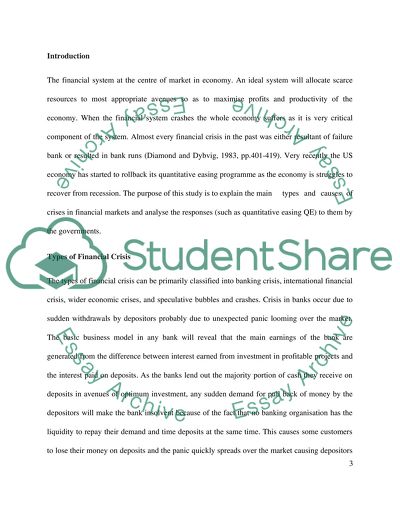Cite this document
(“Financial Crises Presentation PowerPoint Example | Topics and Well Written Essays - 2500 words”, n.d.)
Financial Crises Presentation PowerPoint Example | Topics and Well Written Essays - 2500 words. Retrieved from https://studentshare.org/finance-accounting/1640119-financial-crises-presentation
Financial Crises Presentation PowerPoint Example | Topics and Well Written Essays - 2500 words. Retrieved from https://studentshare.org/finance-accounting/1640119-financial-crises-presentation
(Financial Crises Presentation PowerPoint Example | Topics and Well Written Essays - 2500 Words)
Financial Crises Presentation PowerPoint Example | Topics and Well Written Essays - 2500 Words. https://studentshare.org/finance-accounting/1640119-financial-crises-presentation.
Financial Crises Presentation PowerPoint Example | Topics and Well Written Essays - 2500 Words. https://studentshare.org/finance-accounting/1640119-financial-crises-presentation.
“Financial Crises Presentation PowerPoint Example | Topics and Well Written Essays - 2500 Words”, n.d. https://studentshare.org/finance-accounting/1640119-financial-crises-presentation.


